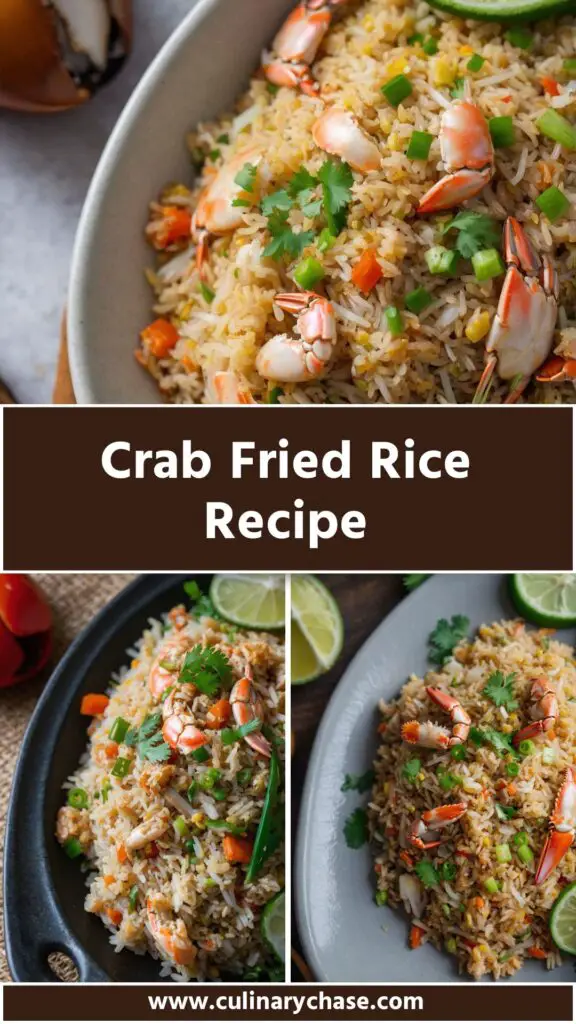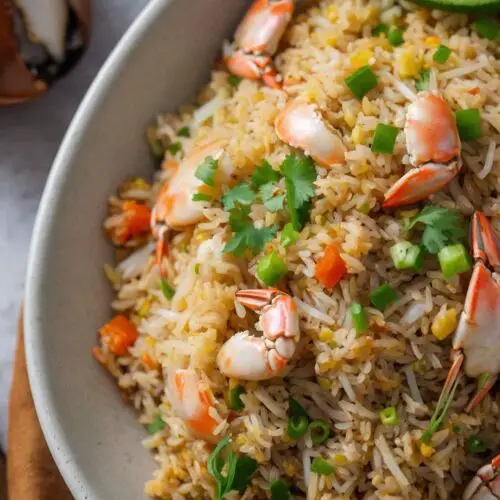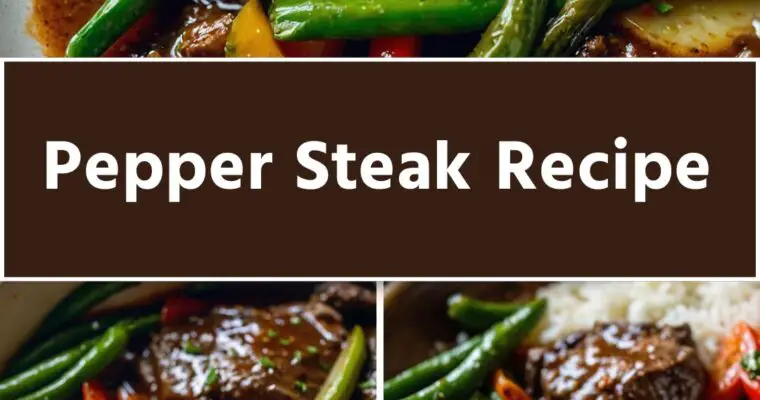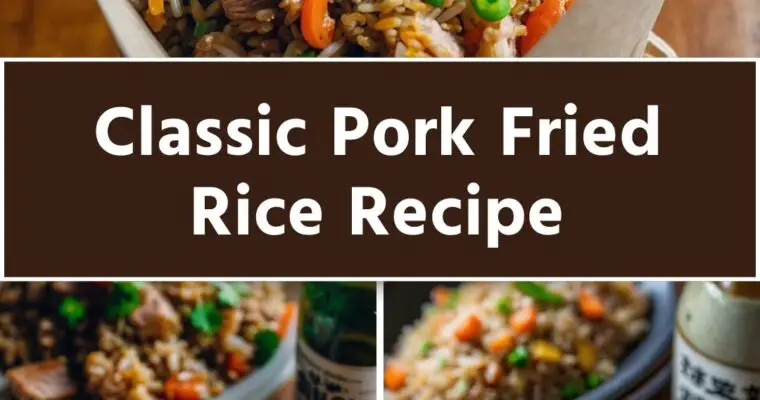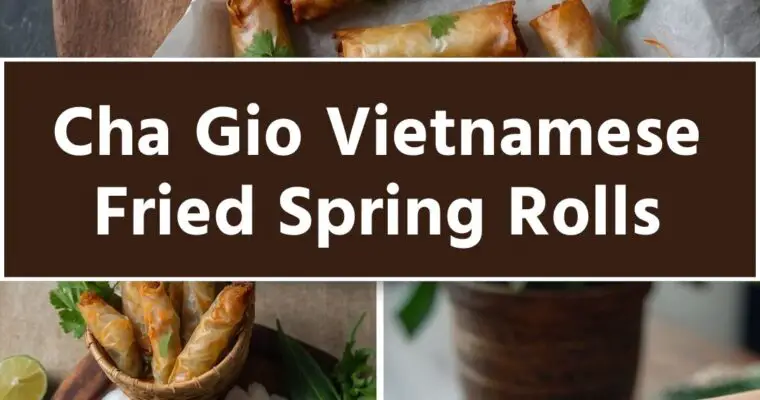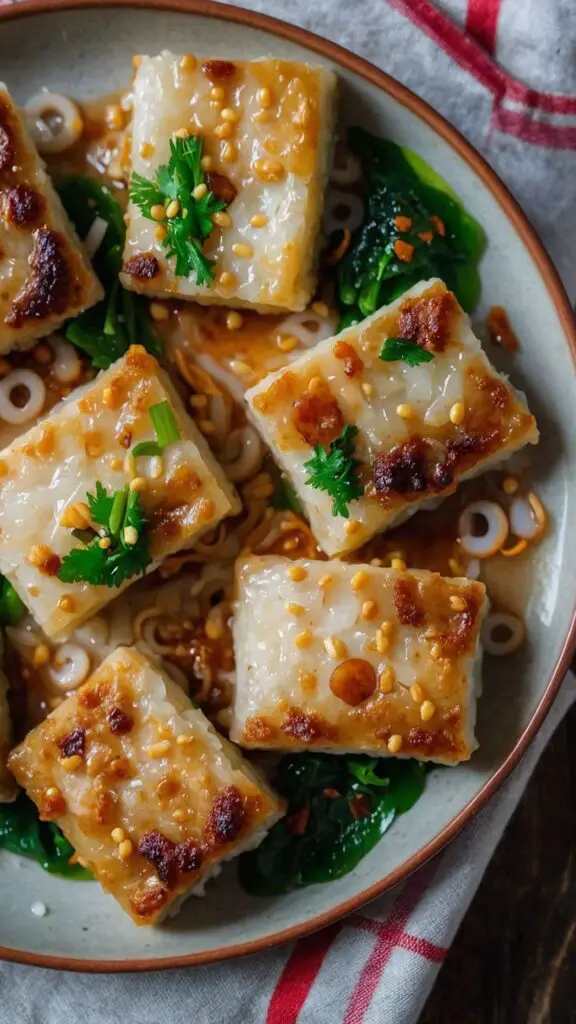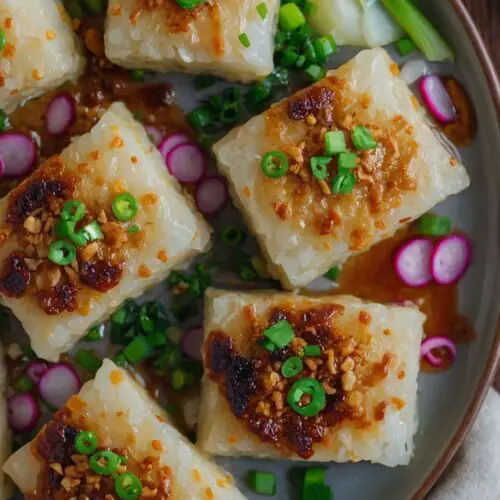Imagine enjoying your favorite spring rolls, dumplings, or grilled meats—each bite becomes a bursting explosion of flavors. Now, elevate those taste experiences with a homemade dip that packs a punch: Chinese hot mustard.
This spicy condiment pairs excellently with an array of dishes. You can slather it on crispy egg rolls, dip your delicate wontons, or liven up a tender piece of pork. Even grilled vegetables can shine with a touch of this spicy, tangy sauce.
I’ve always had a fascination with diverse culinary traditions. Each culture has its special ingredients and flavors, and the heat of Chinese hot mustard has captivated me. Its sharpness can transform ordinary meals into extraordinary experiences, and it’s something that I enjoy experimenting with in my kitchen.
Today, you’ll get to explore what this condiment is all about, along with a simple recipe that will have you whipping up your own batch in no time.
What is Chinese Hot Mustard?
Chinese hot mustard is a condiment made primarily from mustard powder, water, and occasionally, other flavorings. Its distinct flavor profile features a sharp, pungent taste that can awaken your taste buds. Unlike the American yellow mustard that tends to be milder and sweeter, Chinese hot mustard hits different. It’s hot, zesty, and can bring some serious heat to your dishes.
You will also like the following Sauce recipes!
Why This Recipe Works
This recipe for Chinese hot mustard works for several reasons. First, using brown mustard powder provides an authentic kick.
Second, water comes into play as it activates the mustard’s pungency, bringing forth that classic flavor. Finally, balancing the heat with honey adds a subtle sweetness that rounds out the flavor. This combination makes it both versatile and delightful.
What You’ll Need to Make This Dish
To make your own Chinese hot mustard, you’ll need the following simple ingredients:
½ teaspoon unseasoned rice vinegar or rice wine vinegar: This will add mild acidity and brightness.
2 tablespoons brown mustard powder: This ingredient delivers a deep, pungent punch.
1 teaspoon honey: A little sweetness to balance the tangy flavor.
2 tablespoons chilled water: This helps dissolve the mustard powder.
¼ teaspoon smoked paprika: For a subtle smoky undertone that adds depth.
How to Make Chinese Hot Mustard
Making this spicy condiment is easy and quick. It’s all about mixing the dry and wet ingredients until you achieve the desired consistency.
Step 1: Measure the Ingredients
Start by gathering all your ingredients. This includes the mustard powder, vinegar, honey, water, and smoked paprika. Having everything ready will streamline the process.
Step 2: Combine Dry Ingredients
In a medium-sized bowl, add the brown mustard powder and smoked paprika. Mix them well with a spoon to ensure that the paprika evenly disperses throughout the mustard powder.
Step 3: Add Vinegar and Honey
Next, pour in the rice vinegar and add the honey. Use a whisk or a fork to blend these wet ingredients into the dry mixture. This step is crucial as it helps to activate the mustard’s heat.
Step 4: Slowly Add Water
Gradually add the chilled water to the bowl. Start with one tablespoon, then mix the mixture vigorously. Depending on your desired consistency, you might need to add the second tablespoon of water to achieve that perfect smoothness.
Step 5: Taste and Adjust
After mixing everything together, take a small taste. Is it too spicy? Add a little more honey. Does it need more depth? A pinch of smoked paprika could do the trick. Adjust it to your liking.
Step 6: Let it Rest
Let the mustard rest for about 10 to 15 minutes. During this time, the flavors meld together, and you’ll find that the heat intensifies slightly.
Step 7: Serve and Enjoy
Once it’s rested, serve your hot mustard as a condiment or store it away for later use. It’s great fresh, but it also keeps well in the refrigerator.
Tips
Use Fresh Ingredients: Fresh mustard powder will have a stronger kick than older, stale powders.
Adjust the Heat: If you prefer a tamer version, reduce the amount of mustard powder or increase the honey.
Experiment with Add-ins: Consider adding a dash of soy sauce or sesame oil for an added flavor layer.
Serve with Variety: Try it with grilled meats, sushi, or even sandwiches.
Store It Right: Keep it in an airtight container in the fridge to retain its freshness.
How to Store Leftovers?
If you have any hot mustard left, store it in an airtight container in the refrigerator. It should stay fresh for up to two weeks. If you find it thickens over time, especially after being stored, simply mix in a small amount of water until you reach your desired consistency before using it again.
Nutrition Information
Making your own Chinese hot mustard is not just a treat for your taste buds; it’s low in calories and sugar. A typical serving (about one teaspoon) contains:
Calories: 5
Total Fat: 0g
Carbohydrates: 1g
Sugars: 1g
Protein: 0g
It’s low-calorie and can enhance your meals without adding unnecessary heaviness.
How Would I Recommend Serving Chinese Hot Mustard?
Here are some suggestions to make the most out of your homemade hot mustard:
1. Dipping Sauce for Dumplings: Pair it with steamed or fried dumplings. The heat from the mustard complements the savory flavors wonderfully.
2. Condiment for Sandwiches: Slather it on your sandwich to give a kick to turkey or ham. You’ll be able to enjoy a whole new level of flavor profile.
3. Drizzle on Grilled Meats: Whether you’re grilling chicken or steak, a drizzle of this hot mustard can add a refreshing contrast.
4. Spice Up Your Stir-Fry: Add a dollop to your stir-frys right at the end. It brings a whole new dimension to classic dishes.
What Alternatives Can You Use for the Ingredients if Not Available?
Sometimes you find yourself missing an ingredient. Here are some alternatives:
Yellow Mustard for Mustard Powder: This can work in a pinch; the flavor will be milder, though.
Apple Cider Vinegar for Rice Vinegar: This will provide a slightly different tang, but it works well.
Agave Syrup for Honey: As a vegan option, agave syrup can offer the sweetness needed without the honey.
Paprika for Smoked Paprika: Regular paprika won’t have the smoky flavor but will still add color and depth.
Chinese Hot Mustard
Imagine enjoying your favorite spring rolls, dumplings, or grilled meats—each bite becomes a bursting explosion of flavors.
Prep Time 5 minutes mins
Resting Time: 15 minutes mins
Total Time 20 minutes mins
Course Condiment
Cuisine Chinese
Servings 2
Calories 5 kcal
- ½ teaspoon unseasoned rice vinegar or rice wine vinegar: This will add mild acidity and brightness.
- 2 tablespoons brown mustard powder: This ingredient delivers a deep pungent punch.
- 1 teaspoon honey: A little sweetness to balance the tangy flavor.
- 2 tablespoons chilled water: This helps dissolve the mustard powder.
- ¼ teaspoon smoked paprika: For a subtle smoky undertone that adds depth.
Step 1: Measure the Ingredients
Start by gathering all your ingredients. This includes the mustard powder, vinegar, honey, water, and smoked paprika. Having everything ready will streamline the process.
Step 2: Combine Dry Ingredients
Step 3: Add Vinegar and Honey
Step 4: Slowly Add Water
Gradually add the chilled water to the bowl. Start with one tablespoon, then mix the mixture vigorously. Depending on your desired consistency, you might need to add the second tablespoon of water to achieve that perfect smoothness.
- Use Fresh Ingredients: Fresh mustard powder will have a stronger kick than older, stale powders.
- Adjust the Heat: If you prefer a tamer version, reduce the amount of mustard powder or increase the honey.
- Experiment with Add-ins: Consider adding a dash of soy sauce or sesame oil for an added flavor layer.
- Serve with Variety: Try it with grilled meats, sushi, or even sandwiches.
- Store It Right: Keep it in an airtight container in the fridge to retain its freshness.
Calories: 5kcalCarbohydrates: 1gSugar: 1g
Keyword Chinese Hot Mustard
Frequently Asked Questions
1. Can I make this mustard ahead of time?
Absolutely! In fact, letting it sit for a day or two enhances the flavors even more.
2. Is there a non-spicy version?
Yes! Just reduce or eliminate the mustard powder and use mellow mustard instead.
3. Can I freeze Chinese hot mustard?
Freezing isn’t recommended. The texture and flavor will change upon thawing.
4. What dishes pair well with Chinese hot mustard?
It shines with fried dishes, grilled meats, and as a dressing on salads.
5. How spicy is Chinese hot mustard compared to other mustards?
Chinese hot mustard is significantly spicier due to its concentrated flavor profile.
6. Can I use this mustard in cooking?
Yes! It makes a great marinade or can be mixed into sauces for an added kick.
Conclusion
Chinese hot mustard is more than just a condiment; it’s a flavorful addition that can bring your meals to life. By understanding how to make it from scratch, you not only get to control the heat and flavor but you also elevate your culinary skills.
The combination of sharp mustard powder with a hint of sweetness creates a fantastic flavor that can accompany many dishes. So gather your ingredients, get a little creative, and watch your friends and family devour their meals with an added zing. Happy cooking!
You’ll also like these latest recipes!




